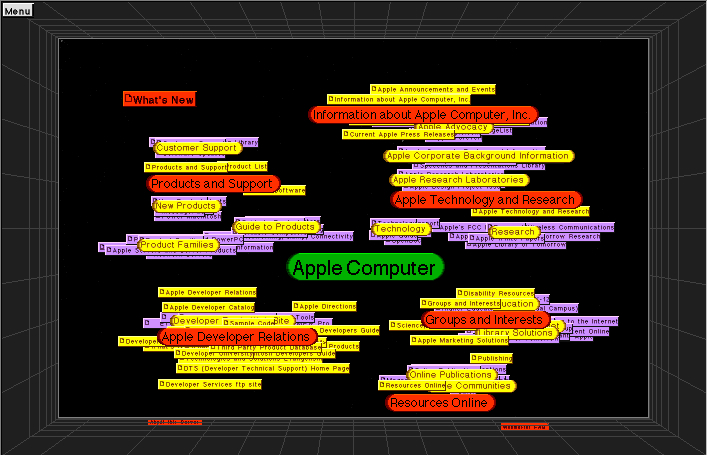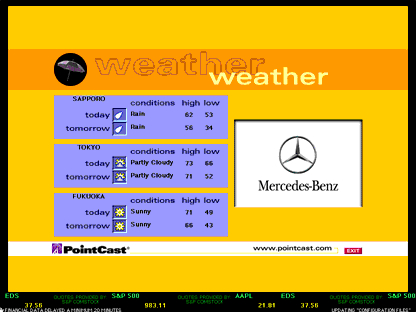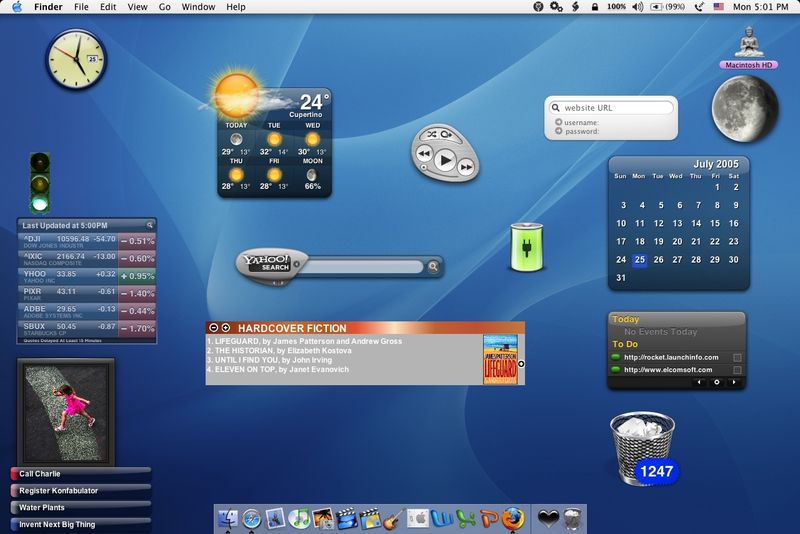How the NSA Can Use Metadata to Predict Your Personality | DefenceOne – Despite assurances that metadata is free of content, new research shows that it can be highly personal. This debate on metadata reminds me of three examples. The first one was by AOL Research, which back then was headed by Dr. Abdur Chowdhury. AOL Research released a compressed text file on one of its websites containing twenty million search keywords for over 650,000 users over a 3-month period intended for research purposes. The New York Times was able to locate an individual from the released and anonymized search records by cross referencing them with phonebook listing. The second is research done on library metadata by UCL researcher Anne Welsh. Finally, cipher operators used to be able to recognise each other by their morse code style: a form of analogue metadata. More related content here.
Business
Klout acquired for $200 million by Lithium Technologies – Fortune Tech
China’s CIC Seeks New Bridges for Investment – Credit Suisse
Qualcomm CEO aims to predict your heart attack and isn’t sure about VR — GigaOm
Microsoft-Nokia deal closure pushed back until April | VentureBeat
China forces local video sites to hire govt-approved censors | Techinasia
Why China’s cities need to get denser, not bigger – Quartz
WPP makes second China acquisition this week, and it’s only Tuesday | Marketing Interactive – interesting purchase around digital experiential marketing
Oculus Grift: Kickstarter As Charity For Venture Capitalists | Valleywag
Microsoft’s plan to never again get left behind by the changing device landscape – Quartz
Consumer behaviour
25 Fascinating Charts Of Negotiation Styles Around The World | Business Insider
Data point: Consumers hesitant about in-store tracking | JWTIntelligence
Our search for meaning and the brands that deliver // Weber Shandwick
People Are Sharing in the Collaborative Economy for Convenience and Price | Jeremiah Owyang
Design
Don’t spread (never standardize on) bad designs such as USB | nobi.com (EN) – why the EU shouldn’t standardise on USB
Google Glass vs. Segway: designs heavily criticized by Marc Newson | BGR
Google I/O 2014 – interesting dynamic site
Economics
China’s Bills Come Due | The Financialist
Daily chart: Moving up | The Economist
Party like it’s 2007 again? Don’t hold your breath | South China Morning Post – interesting article on changing economics in developed world and BRICs countries (paywall)
Finance
Hong Kong banks have loaned 165% of the territory’s GDP to China – Quartz
China’s trillion dollar mobile payments industry is under attack – Quartz
Gadget
4K Tech Following Similar, But Faster, Growth Pattern as HDTV
Panasonic HX-A500 is a GoPro rival that shoots in 4K | T3
Wolf in Sheep’s Clothing: Motorola Moto 360 – Luxury News
How to
Bridge US Is a Platform to Help People with the US Immigration Process | The Next Web
Legal
Apple hires BlackBerry’s top software VP, BlackBerry wins court battle over departure | iMore
Luxury
Growth in mainland Chinese interest in premium Swiss watches surges | South China Morning Post – mainland China had the highest year-on-year growth in demand for all luxury watch categories last year, at 59.4 per cent, more than 10 times the global average of 5.7 per cent (paywall)
64pc of urban Chinese say craftsmanship most defines luxury: study | Luxury Daily
Tiffany & co. QR code | Barcoding Inc. Blog Barcoding Blog
Luxury Fashion Brands Targeting Global ‘Yummies’: Young Urban Males – Businessweek – interesting how rented goods (like the Lexus car example) are seen as diminished as people use purchased luxury goods to reflect status
Marketing
What are the most desired smartphone brands in China? | Resonance China
Adobe Expands Its Marketing Cloud With Predictive Tools, iBeacon Support, And More | TechCrunch
WeChat Account Types for Brands | Sheng Li Digital
Media
HKTV may get worldwide audience – except Hong Kong | South China Morning Post – HKTV as an international independent producer of content rather than a domestic TV station (paywall)
Changes to Subscriptions 26 March 2014 – Last.fm
STUDY: Facebook’s Role In Pew Research Center’s ‘State Of The News Media 2014’ – AllFacebook
MPAA: Moviegoers Use More ‘Piracy-Enabling’ Smartphones | TorrentFreak
WeChat Update Increases New Feature for Dianping — China Internet Watch
Google Glass – Google+ – The Top 10 Google Glass Myths Mr. Rogers was a Navy SEAL.… – the fact they had to write this shows how bad Google Glass has been handled
Expedia launches first TV commercial in Hong Kong | Marketing Interactive – the app is interesting because of its ‘mobile first’ approach
Flurry Launches Database to Watch Every Step You Take In Mobile Apps | AdAge
Pinterest gets serious about ad revenue with new ‘promoted pins’
Online
Line now has 390 million users | Techinasia
Photos just got more social | Twitter Blogs
WeChat Adds LBS Tags to ‘Moments’ Wall | Marbridge Consulting
Resonance China | Three statistics you should know about China’s taxi APP boom.
Mobile search ‘to surpass desktop’ by 2015 | IAB UK – interesting though Marine Software do have a vested interest ;-)
Retailing
Pinterest: a big traffic driver to retail sites | Marketing Forward
Asos and Nike celebrate 27 years of Air Max with first Google+ shoppable hangout – Brand Republic
Security
Errata Security: We may have witnessed a NSA “Shotgiant” TAO-like action – Huawei’s support contracts are the weak link in telco networks
Bots And Fake Traffic – Business Insider
ATMs look to Linux as Windows XP enters its death throes | SiliconANGLE
Software
Microsoft releases Office for iPad, subscription required for editing docs | Engadget
A “Perfect Storm” Moment for Multibillion-Dollar Open Source Companies | Re/code
Technology
Trends that drive the auto industry | GfK Insights Blog
Web of no web
PSFK Future Of Wearable Tech Report
Microsoft Paid Up To $150M To Buy Wearable Computing IP From The Osterhout Design Group | TechCrunch
Is the Oculus Rift designed to be sexist? Quartz
Gemalto | Stuck at the airport again? Introducing the secure solution to speed up immigration



